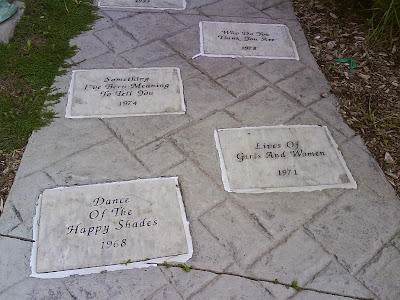In split-level classes, it is difficult for teachers to address the needs of all learners. Students new to Canada and the English language need more one-on-one instruction and modified assignments.
Here's an example of how I helped an ESL A student complete a grade 9 geography task to create a brochure for a Canadian national park.
1. Chunk the assignment. The research was in three parts. I only asked the student to look at one part at a time.
2. Highlight key words. Reduce the text.
3. Use Google Translate and Google Images to decode vocabulary.
4. Next, we went on to the Parks Canada website. I had to guide the student on how to use the features and navigation tools. Make the student read short pieces of text. Don't let them depend on you to do all the work. The one who does the work does the learning. Let them struggle with something they can handle.
6. Print PDF fact sheets. Show which paragraph each answer is found in, otherwise the amount of text is overwhelming.
7. Still too much English? Ask student to highlight the words they DO know. For example, to complete the landform section, ask the student to highlight familiar vocabulary in the geography paragraph. Next, the teacher underlines two or three new and important words in pencil. Have the student look up the meaning of the words by using Google Images. Once he or she understands the word, the student can highlight it.
7. Still too much English? Ask student to highlight the words they DO know. For example, to complete the landform section, ask the student to highlight familiar vocabulary in the geography paragraph. Next, the teacher underlines two or three new and important words in pencil. Have the student look up the meaning of the words by using Google Images. Once he or she understands the word, the student can highlight it.
8. When the chart is complete, start transferring info to a brochure template on Publisher. Using Publisher or other computer programs will probably require further instruction. For example, you should show the student how the layout of a brochure works. Page 1 is on the same side as pages 5 and 6.
9. Print off a draft of his or her brochure.
10. Check against expectations. It is important that the student is involved in this process.
11. Edit with the student. Talk about why changes need to be made.
12. Student makes corrections and goes home happy once he or she has completed the task.
Note: This assignment took two days to complete. The next day, the student's teacher reported that the student wanted to try to complete tasks on his own even when she offered to help. He learned that he CAN do it!


























